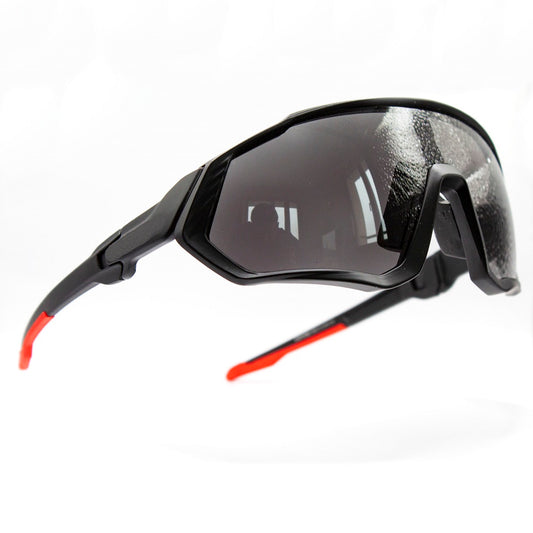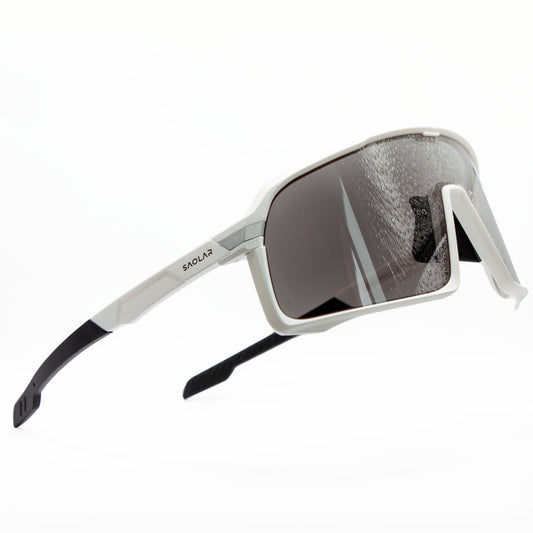Introduction: Understanding the Basics of a Bike Tune-Up
If you're a cycling enthusiast, understanding the basics of a bike tune-up is essential. But what exactly is a bike tune-up? At its core, it involves a series of adjustments and maintenance tasks that ensure your bicycle is in optimal working condition. The benefits of regular bike tuning go beyond just a smooth ride; they include enhanced safety, improved performance, and prolonged bike lifespan. Regular tune-ups help in identifying potential issues before they become major problems, keeping you pedaling with confidence and ease. Whether you're preparing for a race, a leisurely ride, or just routine maintenance, understanding the bike tune-up process is key to enjoying every journey on two wheels.
1. Cleaning and Degreasing: The First Step in Your DIY Bike Tune-Up Journey
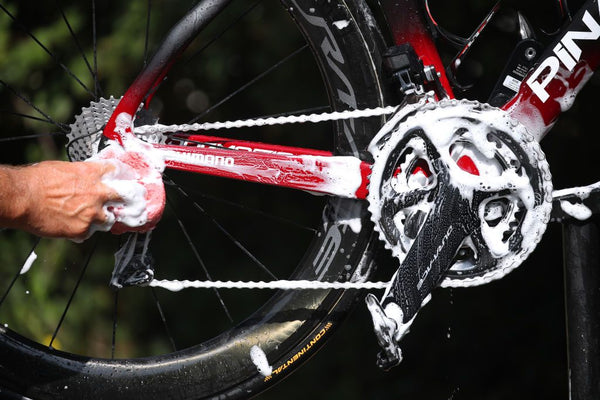
Importance of Cleaning in How to Tune Up a Bike
A thorough cleaning is the first crucial step in any bike tune-up. It's not just about aesthetics; cleaning removes dirt and grime that can wear down your bike's components. This step is essential in maintaining your bike's longevity and ensuring it performs at its best.
Things Needed for a Tune Up in Bike Cleaning
For an effective clean, you'll need a few key items: a gentle cleaner, brushes or sponges, and a degreaser for the drivetrain. Using the right tools and solutions can prevent damage while effectively removing built-up dirt and grease.
For more detailed information on the role of sprockets in your bike's functioning and their maintenance, be sure to check out Demystifying Bike Sprockets. Understanding these components is vital in a comprehensive bike tune-up.
2. Comprehensive Safety Check: Essential for Every Bike Tune-Up
Stressing the Safety Aspect in Tune Up Checklist
The safety check is a critical element in every bike tune-up. This step involves a detailed inspection of the entire bike to identify any potential issues that could lead to safety hazards. Start from the front of the bike and work your way to the back, carefully examining each part.
Areas to focus on include the frame, fork, cockpit, wheels, tires, brakes, and drivetrain. Look for signs of wear or damage, such as cracks in the frame, worn brake pads, or frayed cables. Ensure the wheels are true, the tires are in good condition, and the brakes are functioning properly. Checking the drivetrain involves ensuring the chain, gears, and derailleurs are clean and well-adjusted.
For a complete guide to ensuring your bike's safety, including checklists and detailed tips, visit Bicycle Safety Checklist: The Ultimate Guide for Every Cyclist. This resource provides comprehensive insights into maintaining your bike's safety standards.
Remember, a thorough safety check is not just a one-time task; it should be an integral part of your regular bike tune-up routine. This ensures that your rides are both enjoyable and safe.
3. Wheel Maintenance: A Crucial Part of Your Bike Tune-Up
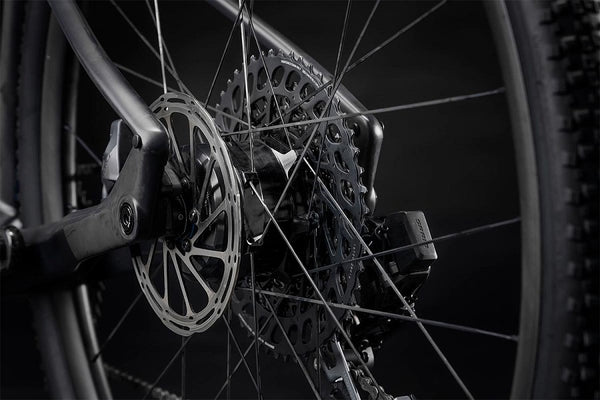
Maintaining the wheels of your bicycle is an integral part of the bike tune-up process. Proper wheel maintenance not only ensures a smoother ride but also enhances your bike's overall performance and safety.
The Basics of Wheel Maintenance
Start by inspecting the tires for signs of wear, such as cracks or bald spots, and check for any embedded debris like glass or stones. Tire pressure is equally important; ensure your tires are inflated to the recommended levels for optimal performance.
Next, examine the wheels themselves. Look for any signs of damage, including cracks, bends, or warping. The spokes should be checked for proper tension and adjusted if necessary. If your bike has rim brakes, check the rims for wear.
Truing the Wheels
Wheel truing, which is the process of straightening the wheels, is a critical part of wheel maintenance. This might require a truing stand and some experience, but it’s a skill worth learning for any cycling enthusiast.
The Role of Bike Geometry in Wheel Maintenance
Understanding your bike's geometry can also play a significant role in wheel maintenance. Bike geometry affects how your bike handles and performs. For a deeper understanding of how bike geometry, including reach and stack, influences wheel maintenance, check out Bike Geometry Charts: Reach & Stack.
In summary, wheel maintenance is an essential component of everything you need for a tune-up. By ensuring your wheels are in top condition, you guarantee a safer, more efficient, and enjoyable cycling experience.
4. Brake Adjustments: Ensuring Your Safety in Bike Tuning
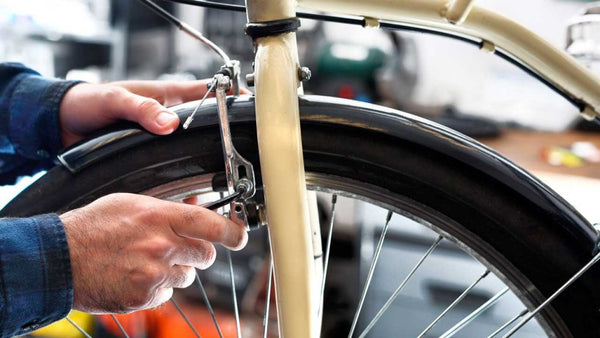
Importance of Brake Adjustments in a DIY Bike Tune-Up
Adjusting your brakes is a vital part of any bike tune-up. Properly functioning brakes are crucial for your safety on the road or trail. This process involves checking and adjusting the brake pads, ensuring that they are aligned correctly with the rims or brake rotors, and making sure the brake cables or hydraulic lines are in good condition.
The Process of Adjusting Brakes
Begin by inspecting the brake pads for wear. If they are excessively worn, they need to be replaced. For cable-actuated brakes, check that the cables are not frayed and that there is appropriate tension. For hydraulic brakes, make sure there's no air in the system, which can compromise braking efficiency.
Time Consideration in Bike Tune-Ups
Many cyclists wonder, "how long do tune ups take?" The answer varies depending on the bike's condition and the thoroughness of the tune-up. Brake adjustments can be relatively quick but are crucial for safety. Setting aside adequate time for these adjustments ensures they are done correctly.
Regular brake maintenance not only keeps you safe but also enhances your riding experience by ensuring responsive and reliable braking. Always prioritize brake checks in your DIY bike tune-up routine.
5. Lubrication and Derailleur Adjustments: Finalizing Your Bike Tune-Up
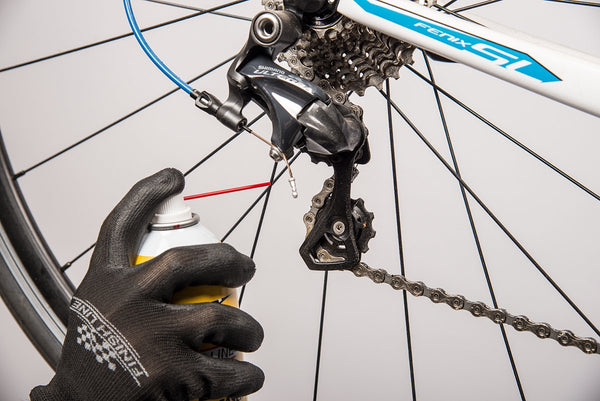
Steps for Lubrication in What Does a Bike Tune-Up Include
Proper lubrication is crucial in any bike tune-up. Start by applying a quality bike lubricant to the chain, focusing on each roller. Avoid over-lubrication, which can attract dirt and grime. After applying, rotate the pedals to distribute the lubricant evenly, then wipe off any excess.
Adjusting the Derailleurs
Derailleur adjustments ensure smooth shifting. Begin with the front derailleur, making sure the chain shifts efficiently between the chainrings. Adjust the tension if there's hesitation or resistance. For the rear derailleur, check that it shifts smoothly across the cassette. Small barrel adjuster tweaks can greatly improve shifting performance.
Linking Bike Size to Tune-Up
A well-tuned bike also needs to fit you properly. For adjustments related to size, such as saddle height or handlebar position, refer to Saolar's Bike Size Chart. Ensuring your bike is the right size is part of what does a bike tune-up include, as it affects comfort and efficiency.
Lubrication and derailleur adjustments are vital for a well-performing bicycle. These steps ensure your ride is smooth and your gear shifts are flawless, making them a key part of any bike tune-up.
Conclusion: Wrapping Up Your Bike Tune-Up Experience
Creating a comprehensive conclusion that encapsulates the key points of our bike tune-up process is crucial. Here's a detailed recap:
- Cleaning and Degreasing:
- The cornerstone of a bike tune-up.
- Essential for removing dirt and protecting parts from wear.
- Focus on the frame, drivetrain, and moving parts.
- Importance of using the right tools and cleaners.
- Comprehensive Safety Check:
- The most crucial step for ensuring rider safety.
- Inspect the frame, fork, cockpit, wheels, tires, brakes, and drivetrain.
- Look for wear, damage, or any potential hazards.
- Reiterate the importance of ongoing checks for safety.
- Wheel Maintenance:
- Vital for bike performance and safety.
- Check tires for wear and ensure correct pressure.
- Examine wheels for damage and true them if necessary.
- Discuss the influence of bike geometry on wheel performance.
- Brake Adjustments:
- Key for safe and responsive riding.
- Inspect and replace worn brake pads.
- Adjust brake cables or hydraulic lines for optimal performance.
- Emphasize regular brake checks as part of maintenance.
- Lubrication and Derailleur Adjustments:
- Final step in ensuring smooth operation.
- Proper lubrication of the chain and moving parts.
- Adjust front and rear derailleurs for precise shifting.
- Highlight the importance of correct lubrication techniques.
In wrapping up this bike tune-up experience, it's important to remember that bike maintenance is an ongoing process. Regular tune-ups ensure your bike performs at its best, extends its lifespan, and keeps you safe on the road or trail. Each step of this process, from cleaning to adjusting derailleurs, plays a critical role in the overall health and performance of your bicycle.
Adopting a proactive approach to bike maintenance not only enhances your riding experience but also saves you from costly repairs in the long run. A well-maintained bike is a reliable companion on your cycling journeys, whether you're an avid mountain biker or a casual rider.
Lastly, consider the value of educating yourself further on each aspect of bike maintenance. There's a wealth of knowledge to be gained, and becoming more self-sufficient in bike care can be a rewarding experience. Enjoy every ride with the peace of mind that comes from knowing your bike is in peak condition, thanks to your dedicated efforts in its upkeep. Remember, a well-tuned bike is a joy to ride!



